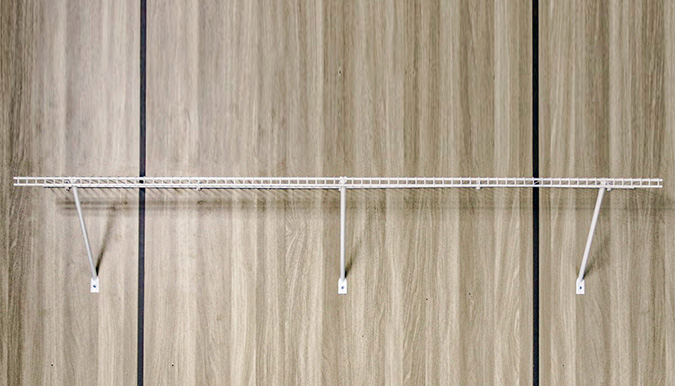conventional pallet racking
Ліст . 21, 2024 06:16
Understanding Conventional Pallet Racking A Comprehensive Overview
In the realm of warehousing and logistics, efficient storage solutions play a pivotal role in maximizing space and enhancing productivity. Among the various storage systems available, conventional pallet racking stands out as a widely preferred choice due to its versatility, cost-effectiveness, and ability to cater to diverse operational needs. This article delves into the essentials of conventional pallet racking, its types, benefits, and implementation best practices.
What is Conventional Pallet Racking?
Conventional pallet racking is a framework used in warehouses to support the storage of pallets containing goods. Typically made from steel, this shelving system is designed to hold a variety of products ranging from boxed items to heavy machinery. The basic structure consists of uprights (vertical frames) and beams (horizontal supports), which together create the spaces for pallets to be stored and retrieved efficiently.
Types of Conventional Pallet Racking
There are several types of conventional pallet racking systems, each designed for specific needs
1. Selective Racking This is the most common type of pallet racking, providing easy access to all stored pallets. Selective racking allows for direct access to each pallet, making it ideal for operations with a wide variety of products with varying storage durations.
2. Double-Deep Racking This system allows for two pallets to be stored back to back. While it doubles the storage density, it requires specialized forklifts for access to the back pallets, making it suitable for operations with a high volume of the same SKU.
3. Drive-In/Drive-Through Racking In this design, forklift trucks can drive directly into the rack structure. Drive-in racking is best suited for large quantities of a single item, while drive-through racking offers access from both sides, providing more flexibility.
4. Push Back Racking This system allows pallets to be loaded from one side and retrieved from the other. It uses a series of wheeled carts that roll back as pallets are added, providing high-density storage without sacrificing accessibility.
5. Mobile Racking To maximize space, mobile racking systems are mounted on wheeled bases that allow entire rows of pallet racks to move. This system is ideal for environments where real estate is limited.
Benefits of Conventional Pallet Racking
Investing in conventional pallet racking offers a host of advantages
- Maximized Storage Space By utilizing vertical space, conventional racking systems allow warehouses to increase their storage capacity without expanding physical square footage.
conventional pallet racking

- Easy Access Most configurations provide easy access to the products stored, enhancing picking efficiency and reducing the time it takes to move goods in and out of storage.
- Inventory Management With proper organization and labeling, warehouses can maintain better control over their inventory, leading to fewer errors and improved tracking
.- Customization Pallet racking systems can be tailored to meet specific needs, whether it's adjusting the height, width, or configuration of the racking to suit different products.
- Safety Quality pallet racking systems come with load ratings and safety features that reduce the risks of accidents in the warehouse.
Best Practices for Implementation
To ensure successful implementation of conventional pallet racking, consider the following best practices
1. Conduct a Needs Assessment Analyze your current inventory and operational needs before selecting a racking system. This assessment will help in choosing the right configuration.
2. Plan for Safety Adhere to safety regulations and standards while installing racking systems. Ensure that staff are trained on safe storage and retrieval procedures.
3. Regular Maintenance Routine inspections and maintenance of the racking system can prevent accidents and prolong its lifespan.
4. Optimize Layout Create efficient layouts that minimize travel time for staff and machinery, improving overall operational efficiency.
5. Consult Experts Engaging with professionals who specialize in warehouse design can guide you to the most effective racking solutions tailored for your specific circumstances.
Conclusion
Conventional pallet racking systems are integral to modern warehousing and logistics. They not only optimize storage space but also enhance efficiency, safety, and inventory management. By understanding the different types of racking and implementing best practices, businesses can achieve a streamlined operational flow that meets the demands of today's fast-paced market. Whether you’re a seasoned logistics manager or a warehouse owner, investing in the right pallet racking system can make a world of difference in your operational success.




















